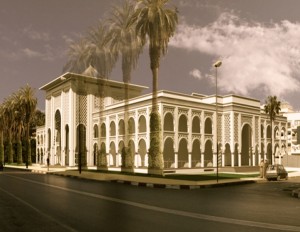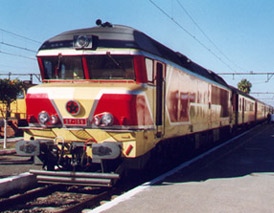Archive for January, 2015
Unlike many of its allies and neighbors, Morocco has remained quietly out of the political spotlight during recent years, having largely escaped the political unrest and revolution of the Arab Spring. Last year, however, the Kingdom was afforded the cultural limelight in Paris, France, in a series of events called…
Morocco has festivals all year round which showcase the best of local culture, traditions and landscape. In addition, its world famous music festivals attract international artists of every genre. Planning your trip to Morocco around a festival is a great way to see the country and indulge in some culture…
Tourism is not a new phenomenon for Marrakesh. Morocco as a whole has long attracted explorers and adventurers, artists and their muses and those in search of the mystic and exotic. From 17th century diarist Samuel Pepys to 20th century author George Orwell; from Winston Churchill to Franklin D. Roosevelt;…
In the depths of winter, once the end-of-year festivities are over, is a great time to plan a spring break. Just dreaming of longer, sunnier days makes the winter fade and the spring seem closer. And where better to travel in spring than Morocco? You will find agreeable temperatures, trees…





